America must provide Iranian demonstrators with access to the Internet to bolster the protests.
In mid-November, protests broke out in Iran following the government’s decision to raise fuel prices by 50 percent and to begin rationing its use. The protests are the most significant in Iran since the previous protests, in December 2017-January 2018.
A raise in fuel prices was only the catalyst for the demonstrations’ renewal. The demonstrators chant slogans against the regime’s fundamental theory, the Rule of the Jurisprudent, and against Iran’s Supreme Leader, Ayatollah Ali Khamenei, personally, and express their revulsion at his economic policy. Khamenei’s policy gives top priority to sponsorship of terrorism, while the country’s citizens groan under the yoke of sanctions.
Some of the demonstrators have blocked roads to protest the fuel-price hikes and attacked branches of banks that are identified with Iran’s aid to the various proxies of the Islamic Revolutionary Guard Corps’ (IRGC).
With two days, the protests spread to Iran’s main cities, including Tehran, Isfahan, Shiraz, Tabriz, Kermanshah, Khoramshahr and many others. In some of the cities, the protests spread to certain circles within the bazaars, which are the regime’s economic artery and one of the guarantees of its continued existence.
So far, the regime has taken several, mostly deterrent, measures. First, it responded with a wave of arrests that according to media outlets associated with the IRGC have included about 1,000 people to date. Additionally, in a lesson learned from the protest of millions that broke out after election results were falsified in 2009, the regime imposed severe and significant restrictions on internet access to prevent the demonstrators from coordinating their actions and swelling their ranks.
Coverage of the protests in the Iranian media is also accompanied by strict censorship aimed at containing and ending them quickly. Iranian citizens have reported receiving threatening SMS messages on their cellphones in which they are warned of the heavy penalties for participating in the protests.
At the same time, the judicial branch has called on citizens to report the names of demonstrators, and members of Khamenei’s circle have made it clear that demonstrators will face the death penalty. Unofficial reports indicate that about 200 people have been killed, with Amnesty International putting the number at 106. This suggests that, in contrast to previous rounds of protests in Iran, the regime is worried and is rushing to use live fire to suppress the protests. (In December 2017-January 2018, 21 fatalities were reported).
Khamenei himself condemned the protests, especially the attacks on the banks. While ignoring Iran’s growing subversion in the region that destabilizes the security of many countries in the Middle East – among them, Bahrain, Yemen, Afghanistan, Saudi Arabia, Lebanon, Iraq and Israel – Khamenei explained that undermining security is “the greatest disaster for any country”. To discredit the demonstrators, Khamenei described them as doing the bidding of the opposition Mujahedin Khalq party. This party is not popular in Iranian public life, among other reasons because of its past responsibility for terror attacks in Iran in which Iranian civilians were also killed and because it fought alongside Saddam Hussein’s army against Iranian forces.
It appears that by instructing the regime’s forces to carry out their duty rigorously, Khamenei gave a public green light to the protests’ violent dispersal, including with aggressive means such as the continued blocking of the internet or other steps as may be required.
Of the senior Iranian ayatollahs, only Ayatollahs Safi Golpaygani and Alavi Gorgani have criticized the authorities’ decision to raise fuel prices significantly and called on them to cancel it. The remaining ayatollahs, through their silence in the face of the price hikes, again proved that the Islamic regime has stripped them their historic role: representing the public’s complaints to the authorities and calling on them to make concessions.
It appears that the direct oversight that Khamenei’s office imposes over the senior ayatollahs’ offices plays a key role in muzzling this possible opposition stronghold, which has proven its efficiency at several main junctures in Shiite Iranian history, including the Tobacco Rebellion of 1891 and the Islamic Revolution itself.
The alienation in Iran between the ruling elite and the public has also manifested in how radical elements within the regime, among them the IRGC, have exploited the outbreak of the protests to goad and weaken Iranian President Hassan Rouhani ahead of the parliamentary elections to be held in February 2020. Even though the parliament has no real powers, the election results are likely to reflect the balance of power within the regime in anticipation of a possible succession to Khamenei.
Given Khamenei’s concern that a clash between different camps within the regime would worsen its situation, the Leader called on regime insiders to stop the mutual accusations and to remember that the decision to raise prices is not the administration’s alone but of the three branches of government – the legislative, executive and judicial.
The Iranian regime feared that the protests by millions in Iraq and Lebanon would spill over onto the protests in Iran (which have gradually waned since 2018) and is aware that large segments of the population oppose its economic priorities. It therefore anticipated and prepared for an outbreak of rioting. Thus, in a speech at a security forum at the end of October 2019, Khamenei called on the security forces to be on guard, pointing out that the protests in Iraq and Lebanon are the result of a Western plot. At the same time, at the central ceremony celebrating the 40th anniversary of the takeover of the US Embassy in Tehran on November 4, the Iranian Chief of Staff, Abed Al-Raheem Mosavi, warned that, “Without doubt, more Fitnas (“civil war”, regime code for the protests against it) are on the way.”
The protests are further evidence of the importance of the Trump Administration’s “campaign of maximum pressure,” i.e., economic sanctions. Although Khamenei apparently believes that he can wait-out this American administration (hoping that Trump loses next year’s US presidential election), signs of the Iranian economy’s distress are clear. Iranian President Rouhani has admitted that Iran loses an average of $60 billion a year as a result of sanctions on the oil sector and that the regime is now experiencing one its most challenging moments since its establishment.
It appears that these public statements by Rouhani were intended to signal his willingness to dialogue with Washington. However, aside from the president’s limited powers under the regime’s constitution, his status within the regime has weakened and he is unable to convince Khamenei to allow him to do so.
Precisely because of the outbreak of the wave of protest, the latest round of US sanctions was a step in the right direction. Among other things, this is because it revealed that Khamenei has transferred some of his powers to his son, Mojtaba, and appointed him to work in collaboration with the commander of the Quds Force, Qassem Soleimani, to advance the expansionist ambitions of the regime in the region. Mojtaba was also empowered to work with the head of the Basij, Gholam Reza Soleimani, to ensure the regime’s continued survival through the policy of repression.
The Americans thus revealed that large sums of state funds had been transferred to Mojtaba Khamenei, even though he is not an elected official. The Administration must expose similar additional examples to the Iranian public to underscore that it is captive of a ruling framework in which unelected bodies, rather than elected ones (the presidency and the parliament), hold the real power in the country, and thereby to encourage the public to overthrow the regime.
The administration also must close additional loopholes in its campaign of maximum pressure. In this context, there is a moral obligation to impose sanctions on the Iranian Broadcasting Authority (IRIB), which airs confessions extracted by force from demonstrators and other opponents of the Iranian regime. Washington imposed sanctions on IRIB in 2013 but for reasons that are unclear, the Obama and Trump Administrations granted waivers from these sanctions. (Although in 2018, the United States imposed sanctions on IRIB’s director general, Abdullah Ali-Asgari).
Further, tangible Administration support for the demonstrators is more important than declarative support. It is therefore desirable for Washington to provide them with internet services, which are vital to continuation and expansion of the demonstrations.
During the Obama Administration, there were reports that technologies were being developed, in the form of an internet suitcase which is intended to provide internet to citizens of countries whose tyrannical rulers restrict or block access in response to mass protest. According to sources, this device can be easily moved across borders, and if its development has been completed as reported, its introduction in Iran could boost the reach of the protests and help weaken the regime.
The protests testify to Iran’s growing economic weakness and they erode the regime’s domestic legitimacy. The protests, along with those currently underway in Iraq and Lebanon, also work in Israel’s favor. The protests force Iranian leaders to divert their attentions from their aggressive campaign against Israel and to deal with the internal troubles.
JISS Policy Papers are published through the generosity of the Greg Rosshandler Family.
photo: GTVM92 [CC BY-SA 4.0]

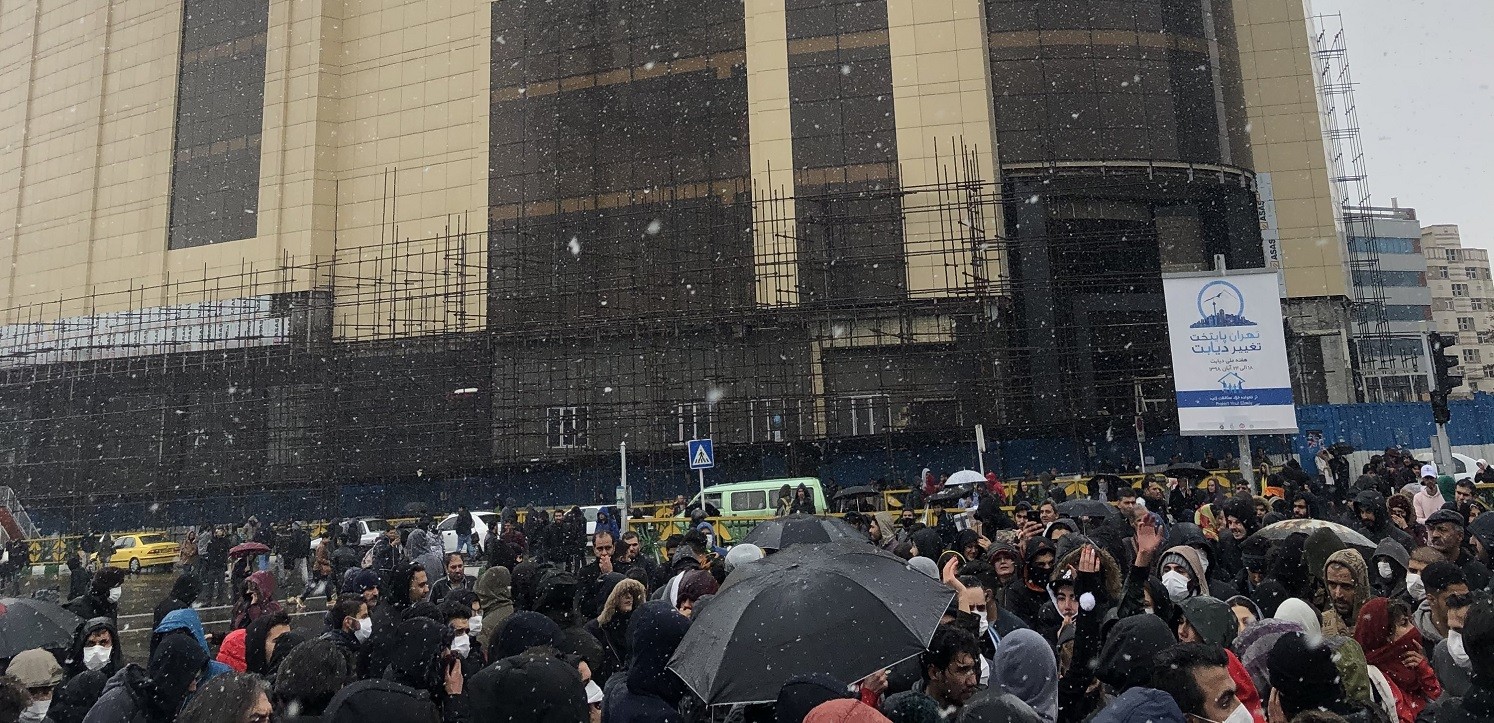
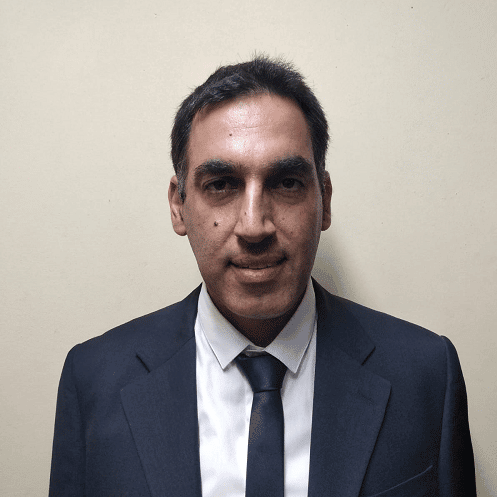
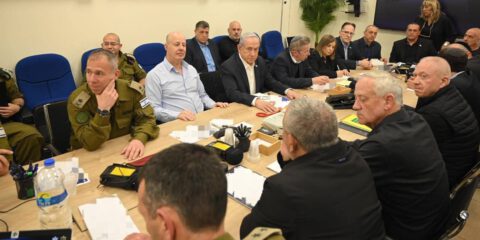

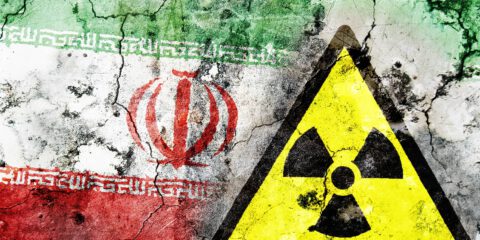

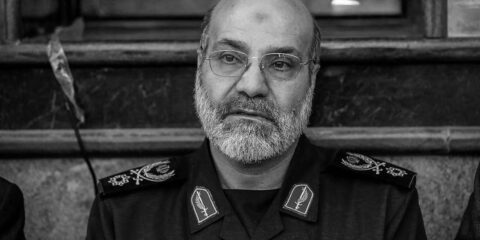

 - בניית אתרים
- בניית אתרים